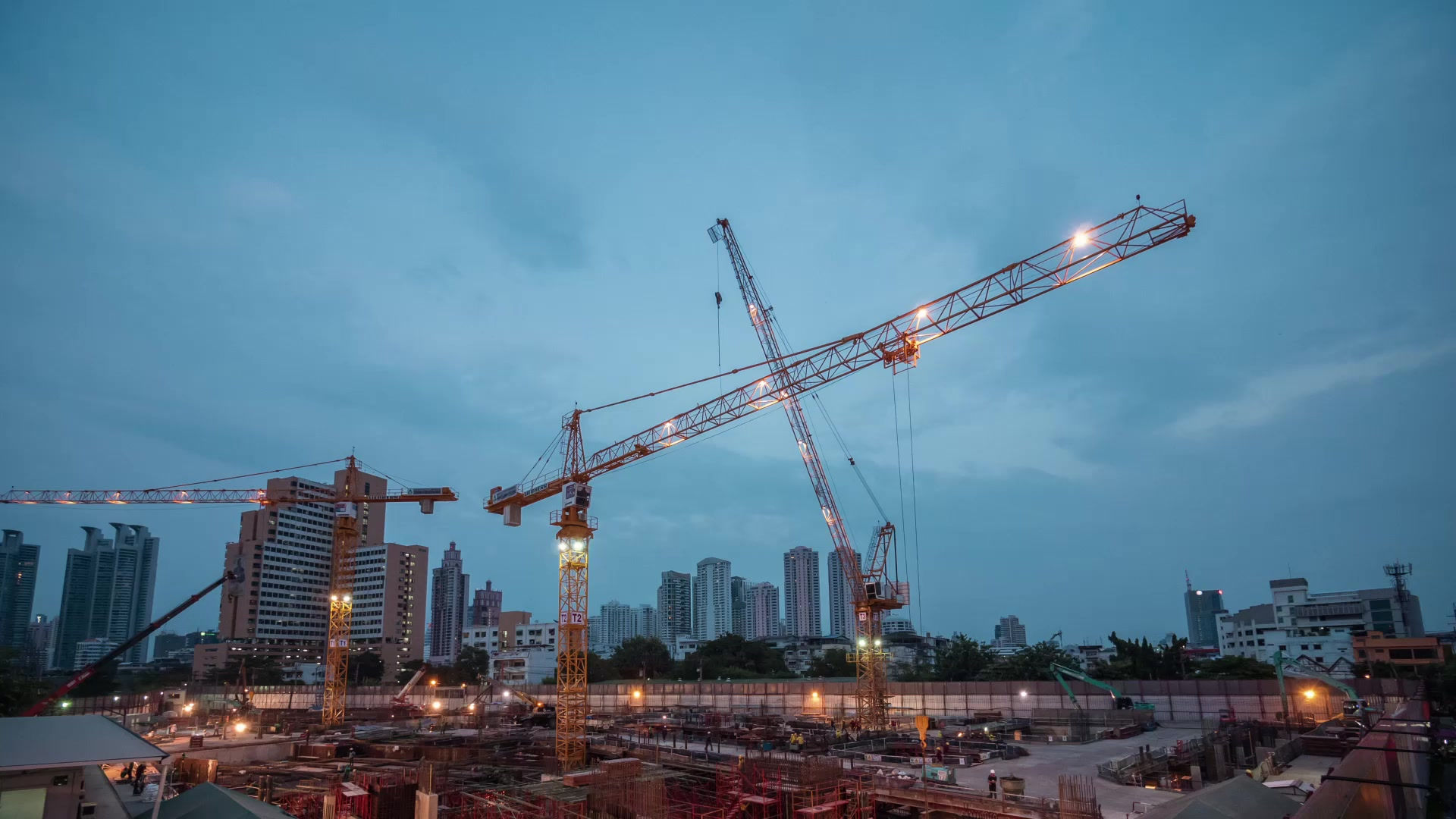How to Ensure Compliance in Every Stage of Your Construction Project
- Stephen Huong

- Aug 25
- 4 min read
Ensuring compliance throughout a construction project is essential for safety, legal adherence, and successful completion. Construction projects involve numerous regulations, standards, and codes that must be followed from planning to final inspection. Failure to comply can lead to costly delays, fines, or even project shutdowns. This guide will walk you through practical steps to maintain compliance at every stage of your construction project.
Understanding the Importance of Construction Compliance
Construction compliance is not just about following rules; it is about creating a safe and efficient work environment. Compliance ensures that the project meets local building codes, environmental regulations, and safety standards. It protects workers, future occupants, and the environment.
For example, adhering to fire safety codes during the design phase can prevent hazards later. Similarly, ensuring proper waste disposal methods during construction helps avoid environmental penalties. Compliance also builds trust with clients and stakeholders, showing professionalism and commitment to quality.
To maintain compliance, project managers should:
Stay updated on relevant laws and regulations.
Train staff regularly on compliance requirements.
Use checklists and audits to monitor adherence.
Document all compliance-related activities thoroughly.

Key Strategies for Construction Compliance
To ensure compliance, it is crucial to integrate it into every phase of the project. Here are some effective strategies:
1. Pre-Construction Planning
Start by reviewing all applicable regulations and permits required for your project. This includes zoning laws, environmental permits, and building codes. Engage with local authorities early to clarify requirements.
Create a compliance plan that outlines responsibilities, timelines, and documentation processes. This plan should be communicated clearly to all team members and subcontractors.
2. Training and Education
Regular training sessions for workers and supervisors help reinforce compliance standards. Topics should cover safety protocols, equipment handling, and emergency procedures.
Use visual aids, hands-on demonstrations, and refresher courses to keep knowledge current. Encourage a culture where workers feel comfortable reporting potential compliance issues.
3. On-Site Monitoring and Inspections
Conduct frequent site inspections to identify and correct non-compliance issues promptly. Use checklists tailored to your project’s specific regulations.
Employ technology such as drones or mobile apps to monitor progress and compliance in real-time. This helps catch problems early and reduces the risk of violations.
4. Documentation and Reporting
Maintain detailed records of inspections, training, permits, and any incidents. Proper documentation is vital for audits and legal protection.
Use digital tools to organize and store documents securely. Ensure that all team members know how to access and update compliance records.

What is construction compliance?
Construction compliance refers to the process of adhering to all laws, regulations, standards, and codes that govern construction activities. It covers a wide range of areas including safety, environmental protection, building codes, labor laws, and quality standards.
Compliance ensures that construction projects are executed safely, legally, and sustainably. It involves:
Obtaining necessary permits before starting work.
Following design and engineering standards.
Implementing safety measures to protect workers.
Managing waste and environmental impact responsibly.
Ensuring quality control throughout the construction process.
Non-compliance can result in penalties, project delays, or legal action. Therefore, understanding and implementing construction compliance is critical for project success.
Examples of construction compliance include:
Installing fire-resistant materials as per building codes.
Using personal protective equipment (PPE) on site.
Conducting environmental impact assessments.
Reporting workplace injuries according to regulations.
By integrating compliance into daily operations, construction teams can avoid costly mistakes and maintain a smooth workflow.

Leveraging Technology for Compliance Management
Modern technology offers powerful tools to simplify compliance management. Digital platforms can automate tracking, reporting, and communication related to compliance tasks.
Some useful technologies include:
Compliance management software: Centralizes documentation, schedules inspections, and tracks corrective actions.
Mobile apps: Allow workers to report issues instantly and access compliance checklists on the go.
Drones and cameras: Provide aerial views for monitoring site conditions and safety compliance.
Building Information Modeling (BIM): Helps ensure design compliance with codes before construction begins.
Using these tools reduces human error, improves transparency, and speeds up decision-making. It also helps maintain a clear audit trail for regulatory authorities.
Best Practices for Maintaining Compliance Throughout the Project
To keep compliance on track from start to finish, consider these best practices:
Assign a Compliance Officer: Designate a team member responsible for overseeing compliance activities and liaising with authorities.
Regular Audits: Schedule internal and external audits to verify adherence and identify areas for improvement.
Clear Communication: Keep all stakeholders informed about compliance requirements and updates.
Risk Management: Identify potential compliance risks early and develop mitigation plans.
Continuous Improvement: Use feedback from audits and inspections to refine compliance processes.
By embedding these practices into your project management approach, you can reduce risks and enhance project outcomes.
Final Thoughts on Construction Compliance
Ensuring compliance in every stage of your construction project is a continuous effort that requires planning, vigilance, and collaboration. By understanding the regulations, training your team, leveraging technology, and maintaining thorough documentation, you can navigate the complexities of construction compliance effectively.
For tailored advice and innovative construction compliance solutions, consider consulting industry experts who specialize in compliance management. Their expertise can help you avoid pitfalls and keep your project on track.
Remember, compliance is not just a legal obligation - it is a foundation for building safe, sustainable, and successful construction projects.




Comments